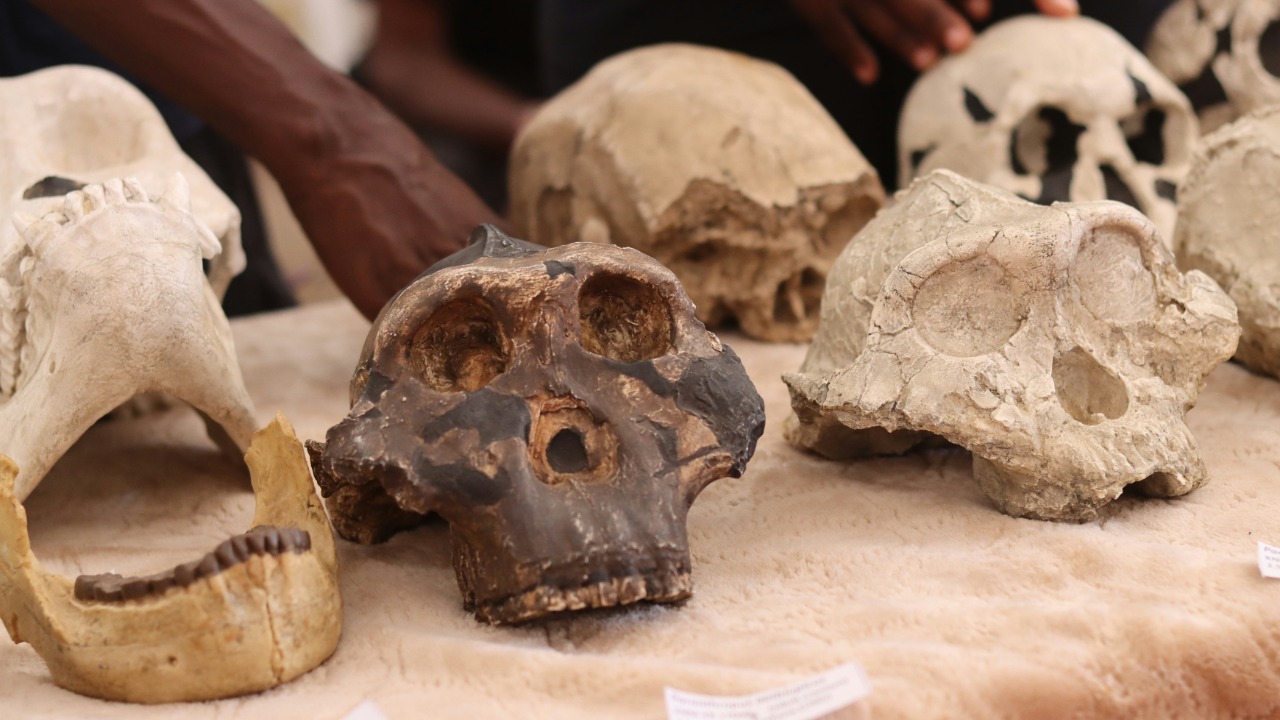
Recent advancements in artificial intelligence (AI) have shed new light on the predator-prey dynamics of our ancient human ancestors. AI analysis of prehistoric bones has revealed that leopards were a significant predator, specifically targeting the faces of early Homo species. This discovery not only provides a clearer picture of early human survival strategies but also challenges existing theories about the first tool-using human species. Furthermore, the study of ancient bones has unveiled a 12,000-year-old bond between humans and dogs, offering a glimpse into early interspecies relationships. Additionally, stable isotope analysis has provided insights into the dietary habits of ancient humans and Neanderthals.
AI’s Application in Forensic Bone Analysis
AI algorithms have been instrumental in identifying the species of predators that preyed on our ancient ancestors. These algorithms analyze chew marks on ancient human bones, focusing on patterns like tooth impressions and bone fracturing. Machine learning models, trained on modern predator data, have been integrated into these algorithms to classify marks from fossils dating back to prehistoric periods. This innovative approach has significantly improved accuracy over traditional methods, such as manual microscopy, in distinguishing between scavenger and hunter behaviors.
Leopards as Key Predators of Ancient Humans
One of the most striking findings from the AI analysis is that leopards preyed on the faces of our ancient human ancestors. This conclusion is based on gnaw marks detected on cranial bones from various Homo species sites. The evidence suggests that leopards targeted vulnerable facial areas, possibly using ambush tactics in the forested or savanna environments where early humans lived. This discovery has significant implications for our understanding of human survival strategies, including the importance of group living to deter such predators.
Challenging Theories on Early Tool Use in Homo Species
AI analysis of chew marks on ancient bones has also challenged existing theories about the first tool-using human species. The evidence indicates that certain Homo species faced heavy predation before they developed advanced tools. This finding challenges the idea that early Homo species were primarily hunters rather than scavengers. By comparing bone evidence from sites associated with Homo erectus and earlier species, researchers argue for revised timelines in the evolution of human technology.
Stable Isotope Insights into Ancient Diets
Stable isotope analysis has provided valuable insights into the diets of ancient humans and Neanderthals. This technique uses the ratios of carbon and nitrogen in bone collagen to infer the balance of plant versus animal consumption. The analysis has revealed specific dietary patterns, such as Neanderthals’ higher reliance on large herbivores, contrasting with the varied omnivory of humans in response to environmental pressures. This isotopic data also sheds light on predator interactions, showing how dietary habits influenced exposure to carnivores like leopards.
Evidence of Early Human-Animal Bonds from Bones
Ancient bones have also revealed evidence of early human-animal relationships. One such relationship is a 12,000-year-old friendship between humans and dogs, as evidenced by co-burials and the absence of predation marks on associated remains. Bone pathologies indicate that dogs may have assisted in hunting or protection, reducing human vulnerability to wild predators. This alliance contrasts with adversarial encounters with predators, illustrating a spectrum of human-animal relationships in the archaeological record. These findings highlight the complexity of interspecies dynamics in our evolutionary history.
Broader Implications for Human Evolutionary History
The evidence of predator chew marks on ancient human bones reshapes our understanding of human migration and adaptation. For instance, the presence of leopards may have influenced settlement patterns in Africa and Eurasia. Dietary and isotopic data show how nutrition supported physical resilience against predation in early Homo species. Looking forward, AI could be applied to unexamined fossils, potentially uncovering more about interspecies dynamics without the need for new data. These insights underscore the value of interdisciplinary approaches in unraveling the complexities of our evolutionary past.
More from MorningOverview